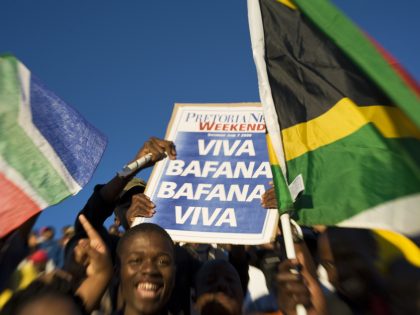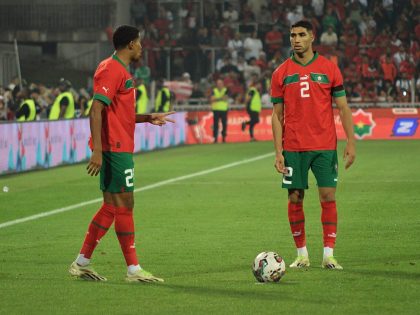Watch The Throne
South African Hip Hop Pantsula (HHP) released his new album Motswafrika. It comes complete with its own politics.

HHP's album cover.
Remember when South African artist Gazelle postured with his crew for the cover of his “Chic Afrique” album in 2009, dressed as a white caricature of Mobuto Sese Seko surrounded by his house composer, his bodyguard and wives? It made a mockery of the photographs usually taken by colonial photographers (and anthropologists) in the early part of the 20th century or by venal African autocrats like Mobuto and Bokassa. Of course it also played on race politics in South Africa (there were enough references in there) and South African anxieties about “the continent.” It seemed the publicity shots and video were only half-successful as a mimicry act. We wrote about it here.
Now (well, last month) South African Hip Hop Pantsula (HHP) released his new album Motswafrika. It comes complete with its own politics. In a video trailer for the album Jabba (HHP leader) talks of Motswafrika as “one land-mass resembling Pangaea, the first world,” the only land left after an imagined Flood has washed away anything else. Watch it. Their Motswafrika rather looks like Africa, consisting of four islands, each ruled by their “elected leaders.” It is at once Afrofuturist and one strange cut and paste job. HHP and his crew also posed for their own version of the chief and his wives and bodyguards.

What is going on here?
At best HHP is making a parody of a parody — fair enough: parodies don’t necessarily credit its sources. And cutting and pasting is de rigueur these days. Ask Die Antwoord.
By the way, the most recent attempt to capture the real world of ‘traditional’ authority on the continent has been French photographer Daniel Laine’s series of “African kings,” photographed over twelve months between 1989 and 1991. Of course, the King on his thrown has been reprised by other pop figures, including Nas & Damian Marley, Lebron James and Huey Newton.



















